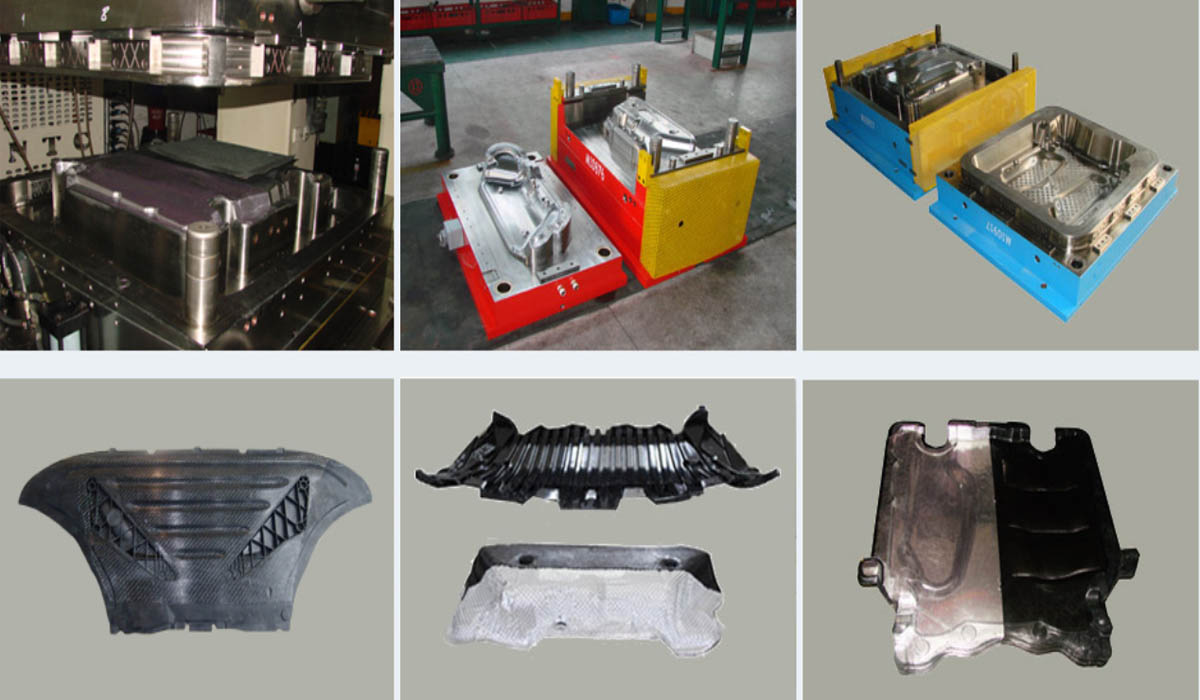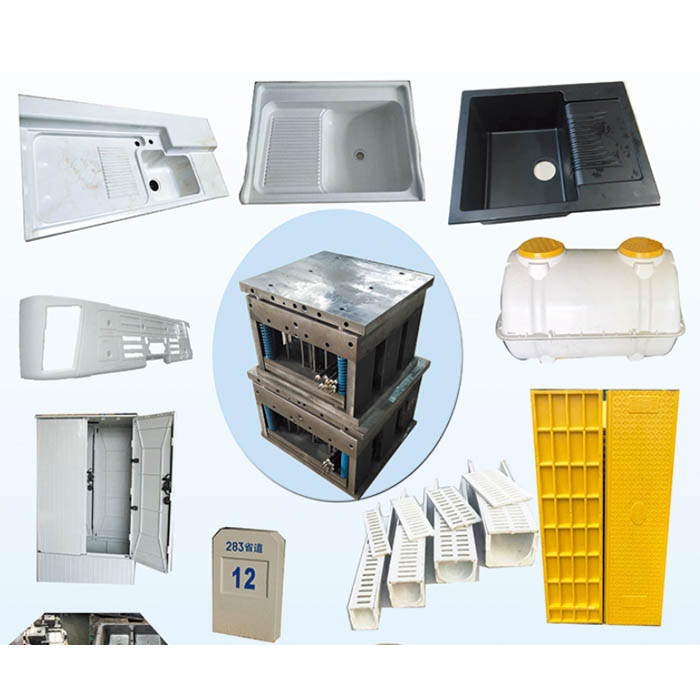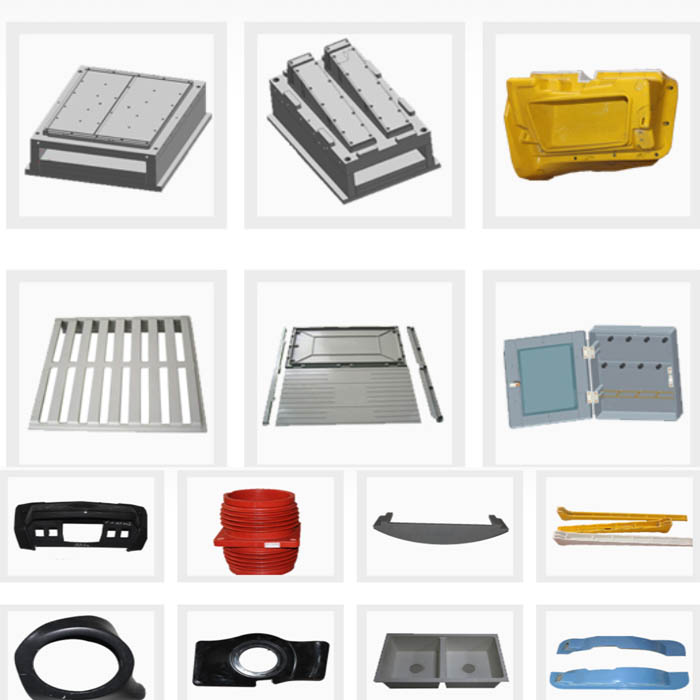Compression molding has a myriad of applications. Here are some of the many parts and products we interact with that have compression molded parts:
- Vehicle parts - Many large parts and panels for cars, tractors, and other vehicles are made using compression molding. Many plastic parts used in vehicle interiors as well as engine components can be compression molded, too.
- Computer and gaming devices - Components of video game controllers, keypads, and more can be compression molded.
- Kitchenware - Many kitchen tools, utensils, and appliances have parts that are compression molded. Dinnerware, including bowls, cups, plates, and more, especially those made out of melamine, is often manufactured using compression molding.
- Electrical components - Compression molding is often used to manufacture electrical sockets, switches, faceplates, and metering devices.
- Medical and dental device parts - Many plastic and silicone parts used in the medical industry are compression molded, including syringe stoppers and respirator masks.

Large industrial compression molding machines are best for producing large commercial parts.
Hydraulic lift systems make it possible to achieve a high level of pressure for manufacturing and producing large, uniform parts while workers can oversee the process from a separate control panel.
Materials for Compression Molding
Both thermoplastics and thermosets are compatible with compression molding. Thermoplastic materials are types of plastics that become soft and pliable when heated and harden when cooled. Thermoplastics can be heated and cooled (or reshaped) numerous times.
Thermoset materials, on the other hand, include plastics and other polymers that become irreversibly cured when exposed to heat—meaning they can only be molded or shaped once. The compression molding process causes thermosets to change on a chemical level in a way that cannot be undone or repeated.
Common materials used in compression molding include:
- Diallyl phthalate (DAP)
- Epoxy
- High-density polyethylene (HDPE)
- Melamine
- Polyamide-imides (PAIs)
- Polyether ether ketone (PEEK)
- Polyurethane (PU)
- Polyphenylene sulfide (PPS)
- Phenolic resins (PF)
- Polytetrafluoroethylene (PTFE)
- Silicone
- Urea-formaldehyde (UF)
- Urethane


MB/Wechat/Whatsapp:+0086-13456489912
sophiemould@foxmail.com


Post time: Jul-11-2021
